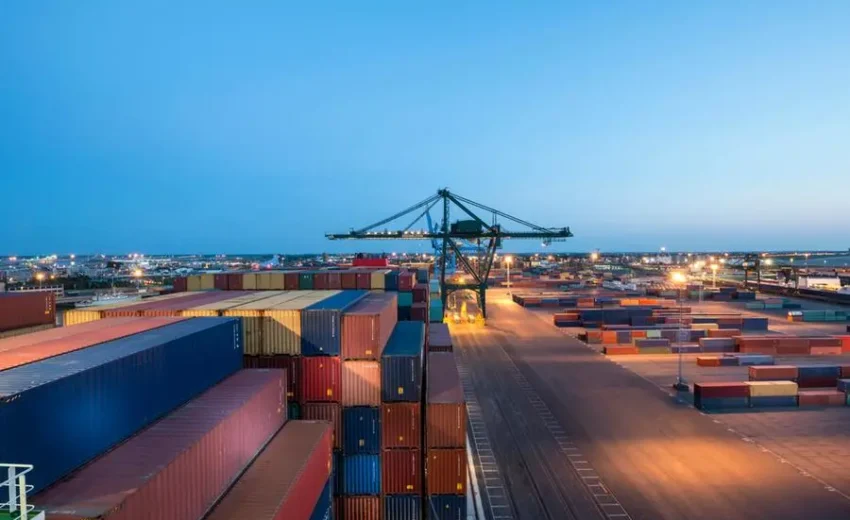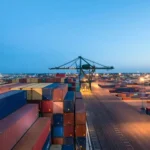
International trade has long been the lifeblood of the global economy, enabling nations to exchange goods, services, and ideas across borders. However, the landscape of global trade is undergoing profound changes, driven by technological advancements, geopolitical shifts, and evolving consumer demands. As we look to the future, several key trends are poised to redefine how countries and businesses engage in international trade, creating both challenges and opportunities in the process.
Digitalization and E-Commerce
One of the most transformative forces in international trade is the rise of digitalization. The rapid growth of e-commerce has revolutionized how businesses operate, allowing even small and medium-sized enterprises (SMEs) to reach global markets. Platforms like Amazon, Alibaba, and Shopify have made it easier than ever for businesses to sell their products internationally, breaking down traditional barriers to entry.
Blockchain technology is also playing a pivotal role in streamlining trade processes. By providing a secure and transparent way to track transactions, blockchain can reduce fraud, lower costs, and improve efficiency in supply chains. Smart contracts, powered by blockchain, are automating trade agreements, ensuring faster and more reliable transactions.
As digitalization continues to advance, we can expect international trade to become more inclusive, with smaller businesses and developing nations gaining greater access to global markets.
Sustainability and Green Trade
Sustainability is no longer a niche concern—it’s a global imperative. Consumers, governments, and businesses are increasingly prioritizing environmentally friendly practices, and this shift is reshaping international trade. From carbon-neutral supply chains to eco-friendly packaging, companies are rethinking how they produce and transport goods.
The concept of “green trade” is gaining traction, with countries and organizations promoting the exchange of sustainable products and services. For example, the European Union’s Green Deal aims to make Europe the first climate-neutral continent by 2050, influencing trade policies and partnerships worldwide.
In the future, sustainability will be a key driver of trade agreements, with tariffs and incentives designed to reward environmentally responsible practices. Businesses that embrace sustainability will not only gain a competitive edge but also contribute to a healthier planet.
Geopolitical Shifts and Regionalization
The global trade landscape is also being shaped by geopolitical dynamics. The rise of protectionism and trade tensions between major economies, such as the U.S. and China, has led to a reevaluation of traditional trade relationships. In response, many countries are turning to regionalization, forming closer economic ties with neighboring nations.
Initiatives like the African Continental Free Trade Area (AfCFTA) and the Regional Comprehensive Economic Partnership (RCEP) in Asia are creating new opportunities for intra-regional trade. These agreements aim to reduce tariffs, harmonize regulations, and foster economic cooperation, making it easier for businesses to operate across borders.
While regionalization offers many benefits, it also poses challenges, particularly for countries that rely heavily on global markets. Striking a balance between regional and global trade will be a key focus for policymakers in the coming years.
The Role of Technology and Automation
Advancements in technology are transforming every aspect of international trade, from manufacturing to logistics. Automation and artificial intelligence (AI) are optimizing supply chains, reducing costs, and improving efficiency. For example, AI-powered tools can predict demand, manage inventory, and optimize shipping routes, enabling businesses to operate more effectively on a global scale.
3D printing is another game-changing technology that has the potential to disrupt traditional trade models. By enabling localized production, 3D printing could reduce the need for long-distance shipping, lowering carbon emissions and transportation costs. This shift could lead to a more decentralized and resilient global trade system.
Resilience and Risk Management
The COVID-19 pandemic exposed vulnerabilities in global supply chains, prompting businesses and governments to rethink their approach to international trade. In the future, resilience will be a top priority, with companies diversifying their supply chains and investing in risk management strategies.
Digital tools, such as predictive analytics and real-time monitoring, will play a crucial role in enhancing supply chain resilience. By identifying potential disruptions early, businesses can take proactive measures to mitigate risks and ensure continuity.
Conclusion
The future of international trade is both exciting and uncertain. While digitalization, sustainability, and technological advancements offer immense opportunities, geopolitical tensions and supply chain challenges pose significant risks. To thrive in this evolving landscape, businesses and governments must embrace innovation, foster collaboration, and prioritize resilience.
As we navigate the complexities of a connected global economy, one thing is clear: international trade will continue to be a driving force for growth, innovation, and prosperity. By adapting to the trends shaping the future, we can build a more inclusive, sustainable, and resilient trade system that benefits everyone.

Imad Ahmad Ali





